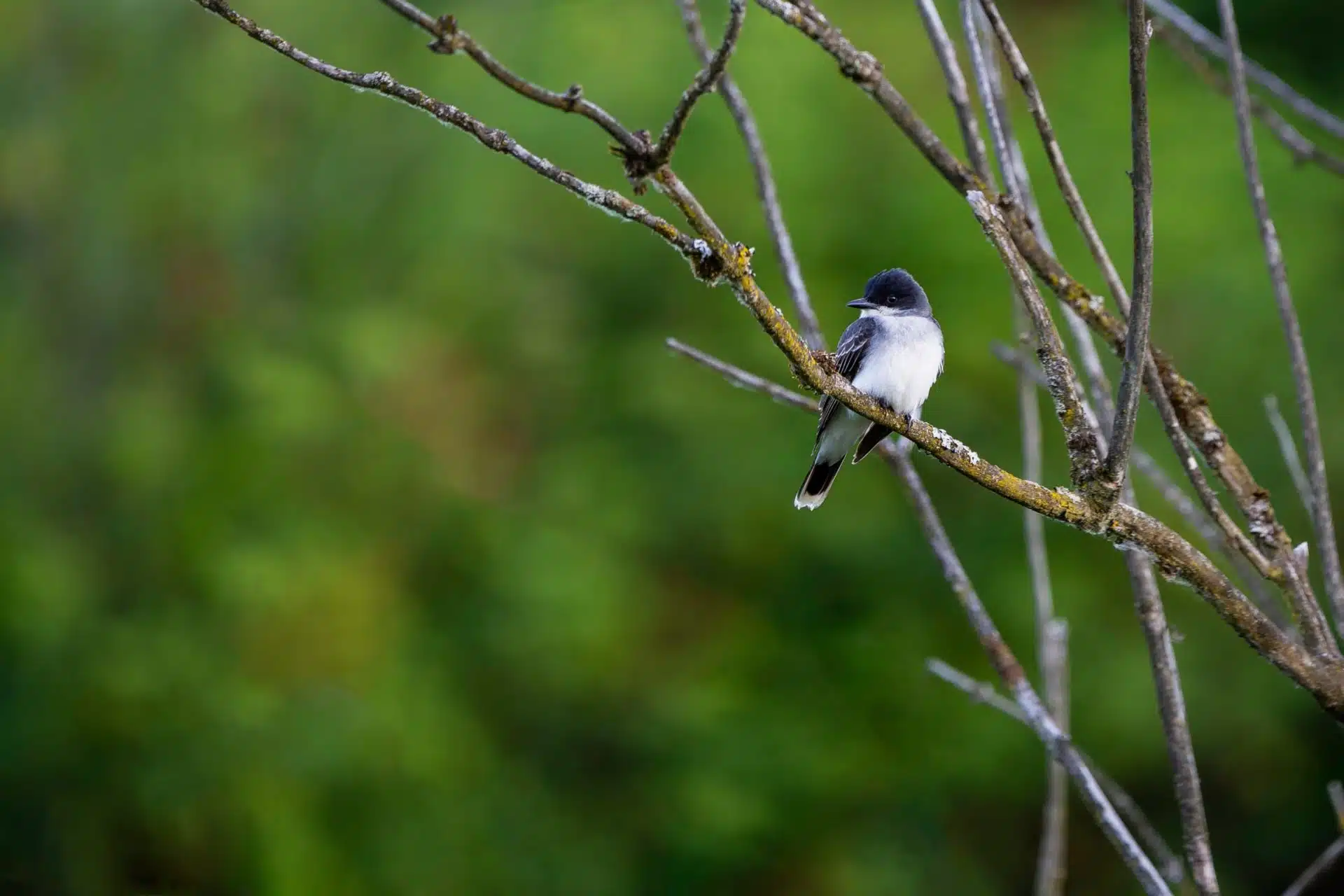Birds
Eastern Kingbird
Tyrannus tyrannus

Best Location to View: Blueberry Pond, Corning Lake, Heath Pond, Hourglass Pond
Color: Gray
Range: Canada, North America
Size: Small
Wingspan: Medium
Tyrannus tyrannus

Best Location to View: Blueberry Pond, Corning Lake, Heath Pond, Hourglass Pond
Color: Gray
Range: Canada, North America
Size: Small
Wingspan: Medium
People for Trees™
Plant and care for a tree beginning with making a pledge. We will support each pledge with easy-to-follow instructional toolkits, guidance on how to select the most appropriate tree and where to purchase it, free virtual classes and other ongoing support.
Make a pledgePopular searches:
Time: 1763251200 / Saved: 1763164800
Views (7 day(s) ago): 7
Views (6 day(s) ago): 6
Views (5 day(s) ago): 4
Views (4 day(s) ago): 11
Views (3 day(s) ago): 9
Views (2 day(s) ago): 3
Views (1 day(s) ago): 3
Views (Today): 1